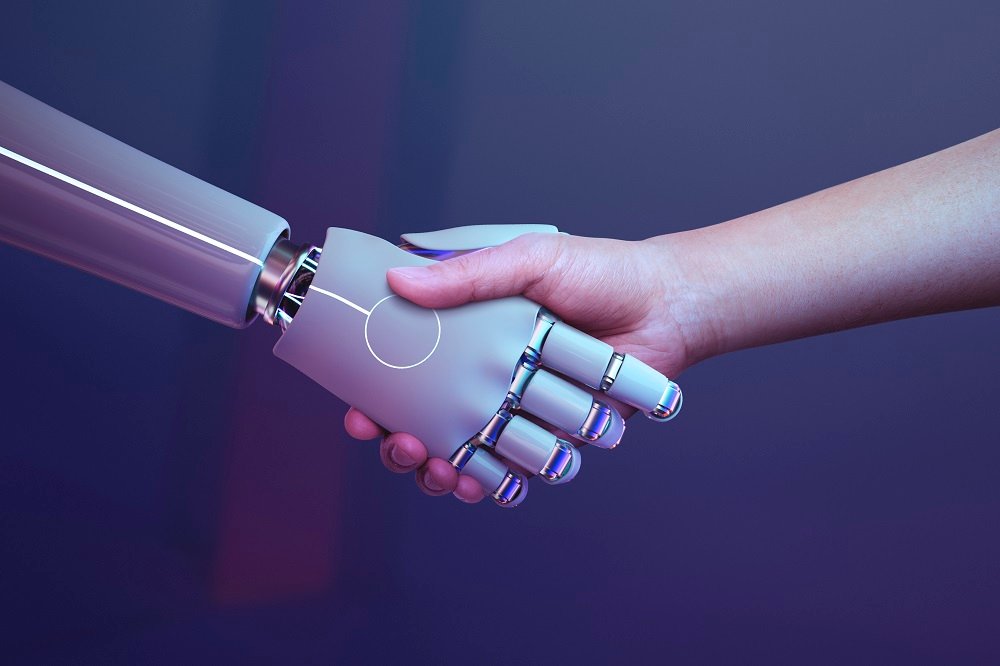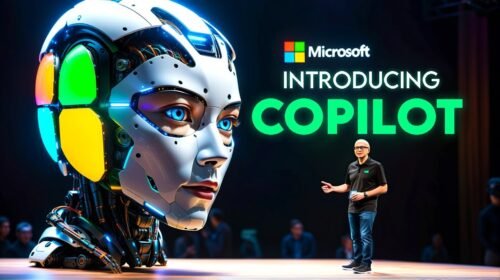The post-pandemic world is witnessing a rapid surge in the adoption of automation and robotics. While extensive data has been amassed over the years on the impact of automation, the reality is intricate. Automation is reshaping specific professions, transforming tasks, and generating both workforce disruptions and opportunities.
Embracing Change: How Are Workforces Adapting?
As automation gains momentum, the question arises: Are workforces adequately prepared for these transformative changes? The growth of automation has far-reaching implications for society, the economy, and the global landscape. Rather than viewing technology as a replacement for human workers, employers are urged to leverage digital tools to enhance job satisfaction and efficiency.
In the upcoming years, automation is poised to drive economic growth and boost productivity. However, this surge is also anticipated to amplify global inequalities and prompt significant societal shifts.
The demand for artificial intelligence (AI) is projected to reach $190.61 billion globally by 2025, signifying the increasing integration of AI into various sectors.
In the Workplace: Beyond Replacement
Artificial intelligence has permeated multiple facets of the workplace, demonstrating its capabilities in optimizing operations. The adoption of automation and robotics is not about substituting human workers but embracing digital tools to augment efficiency across diverse sectors.
While automation is undeniably advancing, it is crucial to emphasize that it cannot replace the indispensability of human assistance. Instead, automation is complementing human efforts, contributing to overall business improvement.
The Rise of Automation: A World Filled with Robots
Robots are not confined to traditional workplace settings; they are evolving, showcasing enhanced skills, and climbing the corporate hierarchy. Intelligent machines are making strides in the labor force, outperforming their human counterparts in productivity. The automation of mundane tasks has been underway for years, and recent advancements have accelerated its integration into various domains.
Companies are automating operations with the primary goal of eliminating job redundancy and enhancing overall productivity. The rise of automation is creating vast opportunities that promise positive transformations in the economy.
Decoding the Buzz Around Automation
The robotics industry is experiencing exponential growth, with AI-powered machines becoming integral to responsive work environments. Robots are no longer limited to specific tasks; they are engaged in processing, assembling, painting, inspecting, and even delivering. This collaboration between robots and humans is optimizing productivity and reshaping the way we work.
Automation is indispensable for organizations aiming to handle vast amounts of data swiftly, empowering robots to become more capable and adaptable.
Impacts of Automation: Navigating the Changing Employment Landscape
As the number of robots increases, a clear correlation emerges between their rise and a decline in jobs performed by humans. The introduction of fully functional, artificial intelligence-driven robots is changing the employment landscape.
However, it is essential to scrutinize how this shift impacts employment distribution. While automation disrupts specific industries, it also opens up new avenues, creating opportunities for workers to adapt to changing occupational categories. The evolving role of people in the workplace is highlighted, emphasizing the need for human intervention to supervise and optimize robot operations.
Shaping the Future of Work: Automation and Job Creation
Contrary to the fear that artificial intelligence and automation will solely destroy jobs, the evolving landscape suggests a dual impact—both job destruction and creation. Workers are witnessing their roles being automated, necessitating the acquisition of new skills to foster inclusivity in a world shared by humans and robots.
The COVID-19 pandemic accelerated the adoption of automation, particularly in adhering to social distancing protocols. The use of robotic technology enables enterprises to undertake more challenging tasks, interact with customers, and manage operations while minimizing human contact.
The future of work, amidst social distancing norms, is about machines complementing humans rather than replacing them. Industries are increasingly adopting automation to restructure workplaces and meet the challenges posed by the new normal.
The Benefits of Automation: A Balancing Act
While the rise of robots raises questions about the future of jobs, it also brings forth numerous benefits. Predictions indicate that by 2030, millions of workers will need to change their occupational categories. The labor market is undergoing reshaping, with automation destroying old jobs and creating new ones. Workers must adapt to this changing landscape by acquiring new skills.
The pandemic-induced labor market uncertainties led to an increased focus on automation, with robots taking over jobs. Labor shortages and rising wages further contribute to the investment in automation.
Imagining the Future: Humans, Robots, and Smart Jobs
The smart future of work envisions a harmonious collaboration between humans and robots. As automation advances, a new role emerges—the robot boss. Humans, equipped with advanced tools and autonomous robots, can achieve remarkable feats. Decision-makers must strike a balance, considering the multifaceted aspects of automation.
Organizations need to establish ecosystems to train employees and robots collaboratively, unleashing the full potential of sustained robotization growth. Automation is not limited to any particular sector; it touches everything from policymaking to technology companies, entrepreneurs, and education professionals.
The future of work is not about machines replacing humans but about machines complementing humans in the workplace. The transformative impact of automation is creating a dynamic environment, necessitating adaptability and continuous learning. As offices across the globe integrate automation, the era of smart jobs with reduced human intervention is on the horizon, heralding a new industrial revolution.





